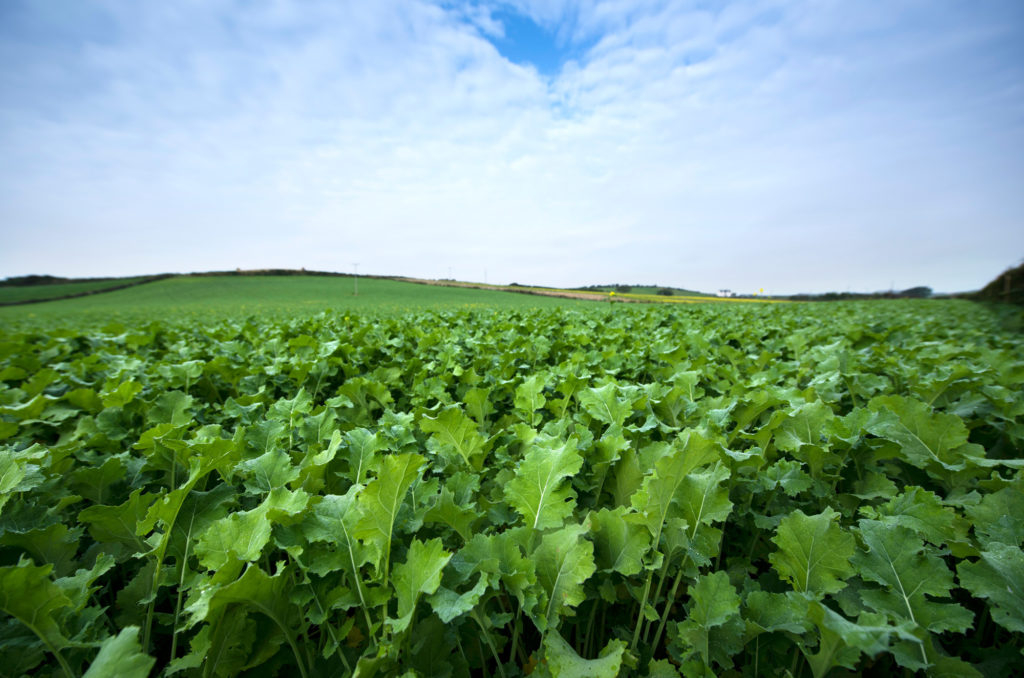Beware of Nitrate Poisoning Risk
29 October 2018In normal conditions, plants do not absorb so much nitrate as to cause problems in stock. However, warm overcast weather after a long dry spell, can lead to an increase of nitrogen absorption, particularly on leafy forage brassicas. A nitrate concentration above 2 g/kgDM is considered a risk. There may be a higher risk this year due to the growing conditions.
In cases of acute nitrate poisoning signs of anaemia and breathlessness are common. However, relying on visual symptoms to diagnose is not usually an option. It is the conversion to nitrite in the rumen which is the cause of nitrate poisoning. Nitrite in the bloodstream greatly reduces the oxygen carrying capacity which can quickly lead to death.
Steps to prevent nitrate poisoning:
- Introduce stock to the crop slowly. Make sure they have a full belly before turn out, the first feed should be for an hour and then take them off. Stock usually need around a 2 week adjustment period.
- Diluting the crop with other feeds. Providing another forage such as hay, silage or straw is necessary for added scratch factor in the diet but this will also help dilute the level of nitrates consumed.
- Test the plant nitrate status. In New Zealand farmers test brassica crops with Merckoquant nitrate test strips. When the sap from the plant is squeezed onto the strip it is then timed to see how long the strip takes to change to a deep purple colour to give a measure of the nitrate status. As a rough guide it should take longer than 20 seconds. There are also nitrate test strips used for water, that can be purchased online, or contact your vet for supplies.
- Leafy brassicas such as rape often go a purple-ish colour when they are ready for eating in November. Dark green crops are more likely to be high in nitrates.
Mary Young, mary.young@sac.co.uk
Sign up to the FAS newsletter
Receive updates on news, events and publications from Scotland’s Farm Advisory Service

